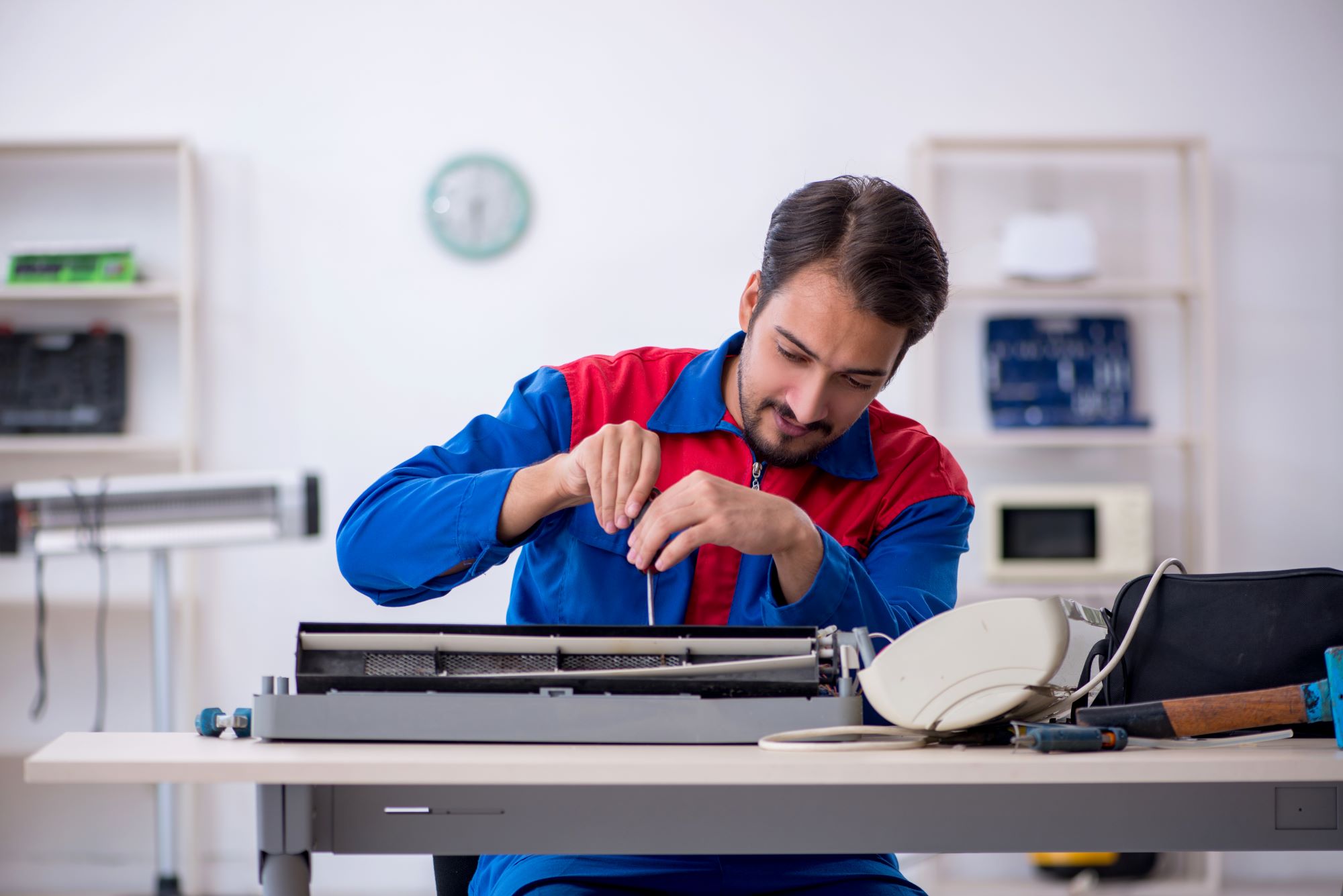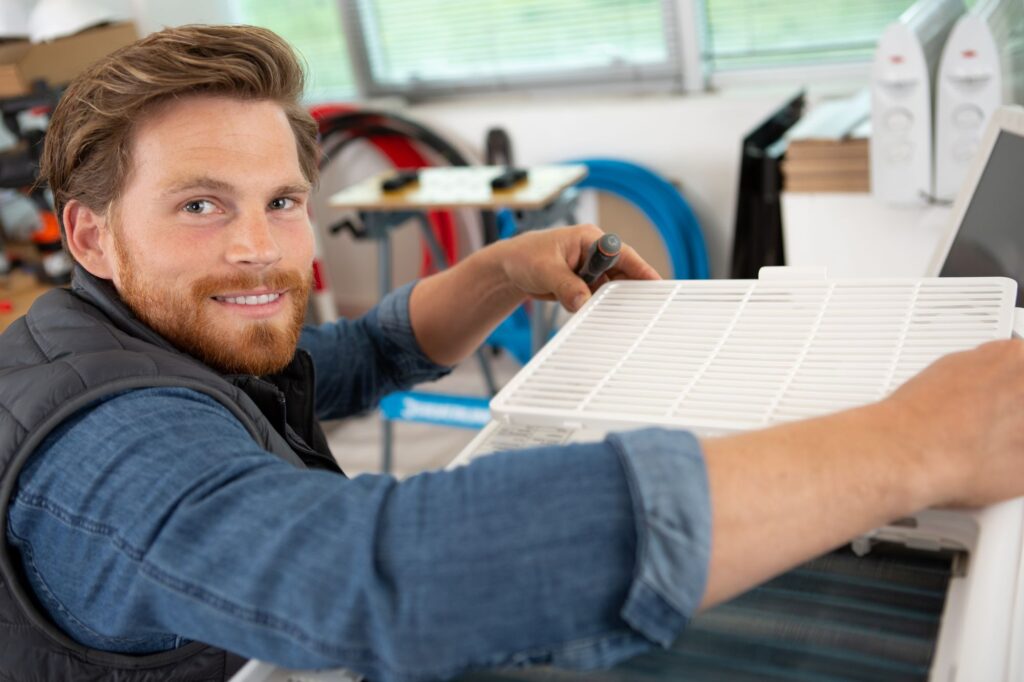Heating, ventilation, and air conditioning (HVAC) systems are staples in every modern household. They provide homeowners with dependable climate control, ensuring everyone’s comfort and good health throughout the year. Unfortunately, this utility means they get subjected to constant wear and tear; eventually, they malfunction or shut down.
When this occurs, disaster strikes in the form of drafts, moisture buildup, mold growth, poor heat and humidity control, and an increase in allergies and respiratory problems. Worse, if your HVAC chugs along without repair, it becomes a massive maintenance sink, costing you tons in utility and repair costs.
To prevent this, it helps familiarize yourself with common troubleshooting tips. This knowledge can help maintain your system’s optimal function and save money on a costly repair or a new AC installation.
Here are some you must seriously consider:
Understand Your HVAC System
The first step in troubleshooting is understanding the HVAC system itself.
It’s divided into three parts: heating, ventilation, and air conditioning. The heating component is typically either a furnace or a heat pump. Meanwhile, the ventilation often consists of ductwork that distributes air throughout the home. Then, you have the AC unit, which cools the air.
It is crucial to understand these components, including how they work and where they can experience problems. Knowing which signs of damage to look for will also let you know when to call professional AC repair services.
Also, you can never go wrong by considering a whole upgrade to a more energy-efficient model. It can help you save more on repairs and utility costs while granting you the latest climate control options.
Check out this video to learn more:
Check The Air Filter
The air filter removes dust, pollen, and other pollutants, preventing them from entering your home. If it’s dirty, it loses airflow, causing your system to work harder than it needs to. This can lead to decreased efficiency, higher energy expenses, and even untimely wear and tear on your HVAC system.
To check your air filter, remove it from the unit and inspect it for dirt, dust, and other debris. If the filter is dirty, replace it with a new one. Changing it every one to three months is best, depending on use and environmental factors.

Inspect The Thermostat
As the command center for heating and cooling, the thermostat lets you control the parameters of your HVAC. When your AC isn’t working, it should be among the first things you inspect.
A malfunctioning thermostat can cause the system to run continuously or not at all. Once it happens, the first thing you should do is check the power source. Consider replacing the batteries if your device runs on them.
If that’s not the issue, refer to your thermostat’s user manual for troubleshooting advice. Anything beyond that warrants a call with a qualified HVAC technician to resolve it immediately.
Check The Air Vents
If you’re experiencing uneven cooling or heating throughout your home, check the air vents. Ensure they’re open and have no obstructions. Blocked vents can severely affect your system’s performance.
Likewise, ensure that furniture, drapery, and other fixtures aren’t obstructing the outlets. Regularly dusting and vacuuming should also keep them clear of debris.
Clean The Coils
The coils in your HVAC unit transfer heat from indoor to outdoor air. Over time, these, too, can be clogged with dust and dirt particles, making them work less efficiently and be at risk of leaks.
To clean coils properly, take the following steps:
- Remove the coils from the unit by disconnecting the wires and hoses according to the manual.
- Use a vacuum cleaner or a brush to clean the coils’ front and back parts. If they’re filthy, you may need a coil cleaner.
- After cleaning, dry them thoroughly before reinstalling them.
If done correctly, your HVAC system will operate smoothly as always. It’s recommended to do this at least once a year or more, depending on the conditions of your home.
Look For Signs Of Leaks
An efficient HVAC unit should not be prone to leaking. If you notice pools of water around the furnace during the cooling season, this could indicate a blocked or broken condensate drain line. Homeowners can often clear minor blockages themselves, but persistent leaks need a professional inspection.
Check The Condenser Unit
During the cooling season, ensure the outdoor condenser unit is clear of debris, including leaves, grass clippings, and dirt. They can block the unit’s airflow, reducing its efficiency and causing it to overheat.
If the HVAC system still isn’t working properly despite these tips, it’s essential to call professionals. They have the tools and knowledge to diagnose and fix problems beyond the scope of basic troubleshooting.
Know When To Call A Professional
Sometimes, despite your best efforts, the problem may be beyond your capability to fix. Persistent issues, such as frequent system cycling, inadequate heating or cooling, or unusually high energy bills, may indicate serious problems that require professional attention.
Attempting to repair these issues yourself could worsen the situation and possibly void your unit’s warranty. By calling HVAC contractors immediately, you can avoid major problems and expensive repairs.
Take Care Of Your HVAC System
The key to successful HVAC troubleshooting is being observant and proactive. After all, regular maintenance and timely minor repairs can often prevent larger, more costly issues from developing. While some problems require expert help, many common issues can be resolved with basic vigilance and tools. So, know what to look for and leave the rest to the pros.






